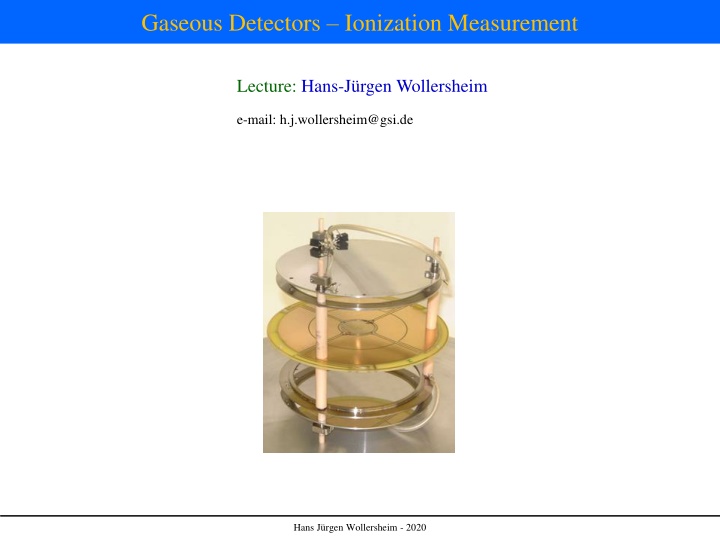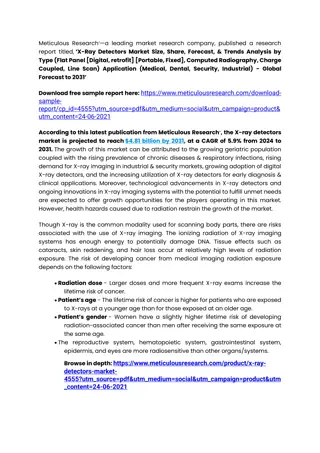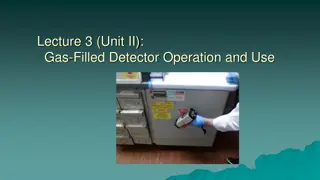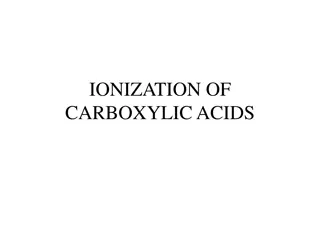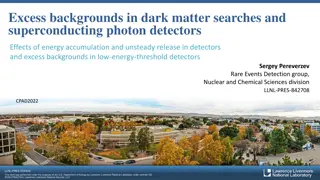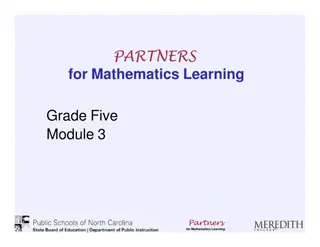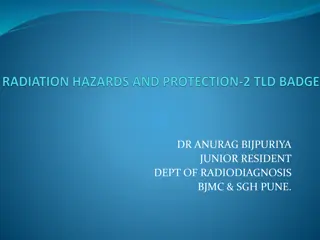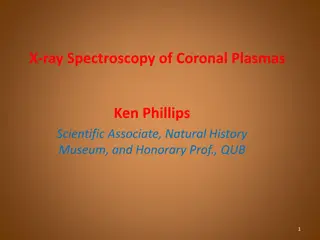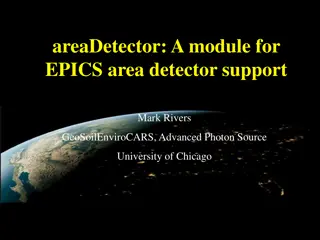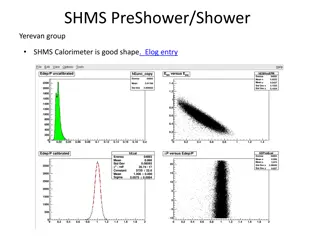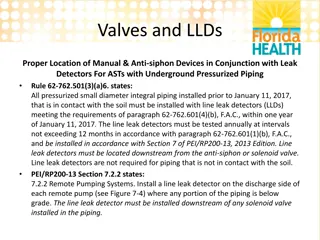Insights into Gaseous Detectors for Ionization Measurement
Delve into the world of gaseous detectors for ionization measurement, as discussed by Hans-Jürgen Wollersheim. Topics include the Bethe-Bloch formula, ionization detectors, effective ionization energies, charge transport in gas, ion mobility, and electron mobility in gases. Explore concepts such as energy loss of particles, detection efficiency, and charge diffusion in electric fields. Gain knowledge on track ionization, minimum ionizing particles, and the interplay between acceleration and collisions in ion mobility.
Download Presentation

Please find below an Image/Link to download the presentation.
The content on the website is provided AS IS for your information and personal use only. It may not be sold, licensed, or shared on other websites without obtaining consent from the author.If you encounter any issues during the download, it is possible that the publisher has removed the file from their server.
You are allowed to download the files provided on this website for personal or commercial use, subject to the condition that they are used lawfully. All files are the property of their respective owners.
The content on the website is provided AS IS for your information and personal use only. It may not be sold, licensed, or shared on other websites without obtaining consent from the author.
E N D
Presentation Transcript
Gaseous Detectors Ionization Measurement Lecture: Hans-J rgen Wollersheim e-mail: h.j.wollersheim@gsi.de Hans J rgen Wollersheim - 2020
Interaction of charged particles in matter Bethe-Bloch formula describes the energy loss of heavy particles passing through matter ? ?2 2 ???2 ?2 ?2 ???? ?2 ?2 ? ?? ??= 4 ? ??2 ?? ???2 ? ? 1 2?? ?2 ? 2 ? ? ? ?,? ?2 ? = 0.3071 MeV g-1cm2 energy loss of a particle is independent of its mass! liquid-H2 energy loss is an important tool for particle identification He-gas for minimum ionizing particles m.i.p. dE/dx ~ 1-2 MeV g-1cm2 i.e. for a target density = 1 g/cm3 dE/dx ~ 2 MeV/cm for small the term 1/ 2 is dominant dE/dx has a minimum at ~3-4 (minimum ionizing particle) for high momenta dE/dx reaches a saturation Hans J rgen Wollersheim - 2020
Ionization detectors incoming particle ionization track ion/e-pairs Minimum-ionizing particles (Sauli. IEEE+NSS 2002) different counting gases: ionization process: Poisson statistics detection efficiency depends on average number <n> of ion pairs ? 1 ? ? ? ? ?????? ??? ? ? Hans J rgen Wollersheim - 2020
Effective ionization energies Large organic molecules have low-lying excited rotational states excitation without ionization through collisions Hans J rgen Wollersheim - 2020
Charge transport in gas Electric field E = U / x separates positive and negative charges E charge diffusion in electric field ? ? ?2 4 ? ? ?? ??= ?0 ??? 4? ? ? ? drift velocity ? = 2? ? ? mean time between collisions ? = ? ? ? =? ? = ? ? ? mobility ? ? There is a cycle of acceleration and scattering/ionization etc. drift(w) and diffusion (D) depend on field strength E and gas pressure ? = ? ? = ? ? ? ? ? charge diffusion Hans J rgen Wollersheim - 2020
Ion mobility ??? ???????? ?+= ?+? For ions there is an interplay between acceleration and collisions. Ion mobility is independent of field for a given gas at , T = const. ions electrons He Ne Ar E/ (V/cm/torr) w+ ~ 10-2 cm/ s w- ~ 101 cm/ s E. McDaniel and E. Mason; The mobility and diffusion of ions in gases (Wiley 1973) Hans J rgen Wollersheim - 2020
Electron mobility In general, the mobility of electrons is not constant, but depend on their kinetic energy and varies with the electric field strength. drift velocities of electrons in Argon-Methan mixture drift velocities of electrons in different gases pure reduced electric field strength [V/cm mm Hg] Hans J rgen Wollersheim - 2020
Amplification counters single-wire gas counter gas counters may be operated in different operation modes depending on the applied high voltage. Hans J rgen Wollersheim - 2020
Ionization chamber An ionization chamber is operated at a voltage which allows full collection of charges, however below the threshold of secondary ionization (no amplification). planar ionization chamber For a typical field strength 500 V/cm and typical drift velocities the collection time for 10 cm drift is about 2 s for e and 2 ms for the ions. Time evolution of the signals for one e-ion pair: electrons ions total charge Hans J rgen Wollersheim - 2020
Signal collection The motion of charges induces an apparent current in the electrodes. Ion causes the same signal as the electron = same sign, same amplitude, but much slower ? =? ?? ?? ?? ?? ?0 Hans J rgen Wollersheim - 2020
Ionization chamber no gas gain charges move in electric field induced signal is generated during drift of charges induced current ends when charges reach electrodes 252Cf source (25k f/s) T1/2=2.645 y E = 6.118 and 6.076 MeV binary fission/ -decay = 1/31 additional Frisch grid : electrons drift towards Frisch grid and induce a signal but not on the anode. when electrons pass the Frisch grid, a signal is induced on anode. the angular dependence of the electrons is removed from anode signal Hans J rgen Wollersheim - 2020
4 twin ionization chamber for fission fragments measured quantities: AH AL EH EL e-drift time segmented cathode ?1?1+ ?2?2= 0 ?1?1= ?2?2 ?2 ?1= ?1+ ?2 ?1+ ?2 ?? = 103.5 0.5 ??? ?? = 108.9 0.5 ?? = 78.3 0.5 ??? ?? = 143.1 0.5 Hans J rgen Wollersheim - 2020
Fission fragment mass measurement <108.9 amu> <143.1 amu> mass resolution = 3 amu P. Adrich, diploma thesis (2000) Hans J rgen Wollersheim - 2020
Determination of the polar angles ??? ? =? ? ?????? angular resolution ?,? 300 4.20 drift velocity: vdrift= 10 (cm/ s) range of fragments in methan gas: (E,A) distance cathode-anode: d = 3.8cm 500 2.50 700 2.30 P. Adrich, diploma thesis (2000) Hans J rgen Wollersheim - 2020
Determination of the azimuthal angles energy ratios for different emission angles E E = = 2 1 E S S V V 24 13 + + E E E 2 4 1 3 S S S S 5 . 0 V =V tan 24 5 . 0 13 P. Adrich, diploma thesis (2000) Hans J rgen Wollersheim - 2020
Signal generation in ionization counters primary ionization in gases: I 20-30 eV/IP energy loss : n = nI = ne = / I of primary ion pairs n at x0, t0 force: Fe = -eU0/d = -FI energy content of capacity C ? ? =? 2?02 ?2? 1) ? ?0 ? ? 2) ? ? = ??????? ?0+ ??????? ?0 = +? ??0 ??? ??? ? w+(t) (t-t0) ? ? =? ? =? ? ? ??+? ? ? 1) + 2) ? ?0 ? ?0 total signal: electron & ion components Hans J rgen Wollersheim - 2020
Time-dependent signal shape total signal: electron & ion components ? ? ??+? ? ? ? ? = ? ?0 drift velocities (w+ > 0, w- < 0) ?+? ~10 3 ? ? Both components measure and depend on position of primary ion pair x0 = w- (te-t0) for fast counting use only electron component! Hans J rgen Wollersheim - 2020
Proportional counter wire Hans J rgen Wollersheim - 2020
Proportional counter gas amplification factor (typical 104 106) is constant wire anode wire: small radius RA 50 m or less voltage U0 (300-500) V field at r from the wire ?0 ?? ?? 1 ? ? = ?? ? avalanche RI RA(wire radius), several mean free paths needed pulse height mainly due to positive ions (q+) Hans J rgen Wollersheim - 2020
Proportional counter cloud chamber The primary produced electrons drift the anode wire and reach the area of high electrical field strength. If a critical field strength is reached, a secondary ionization produces electrons in an avalanche. time sequence of the signal evolution primary ionization secondary ionization pos. ions drift due to secondary ionization pos. ion electron Hans J rgen Wollersheim - 2020
Proportional counter V0 ~ 500 V p = 5-10 Torr ~ 3 mm gap anode-cathode target ~ lab ~ tan lab entrance window t ~ tan time io ii delay line Hans J rgen Wollersheim - 2020
Multi-Wire Proportional Chamber A multi-wire proportional chamber detects charged particles and gives positional information on their trajectory. Cathode plate d = 2 mm Wires Georges Charpak Nobel price 1992 charge signals Amplifier time resolution: fast anode signals (trise ~ 0.1 ns) position resolution: for d = 2 mm x = 50-300 m (weighted with charges) Hans J rgen Wollersheim - 2020
Multi-Wire Proportional Chamber Hans J rgen Wollersheim - 2020
Time Projection Chamber Principle: Time Projection Chambers are based on the drift of the charge carriers with constant drift velocity vD in a homogenous E-field (E = -dU/dz). typical parameters: E ~ 1 kV/cm, vD ~ 1-4 cm/ s, z ~ 200 m 3-dim. traces: z from the drift time, (x,y) from the segmented anode Hans J rgen Wollersheim - 2020
Time Projection Chamber for position measurement (x + y) Hans J rgen Wollersheim - 2020
Time Projection Chamber for position measurement (x + y) Hans J rgen Wollersheim - 2020
Time Projection Chamber Hans J rgen Wollersheim - 2020
Gas Electron Multipliers Technology GEM-foil 50 m Kapton, 5 m Cu on both sides, 500 V 238U at 1 GeV/u TPC with C-pads: 100 kHz GEM-TPCs: 10 MHz Hans J rgen Wollersheim - 2020
Geiger-Mller counter The discharge is not any more localized The number of charge carriers is not any more related to the primary ionization The gas amplification amounts to 108-1010 Hans J rgen Wollersheim - 2020
